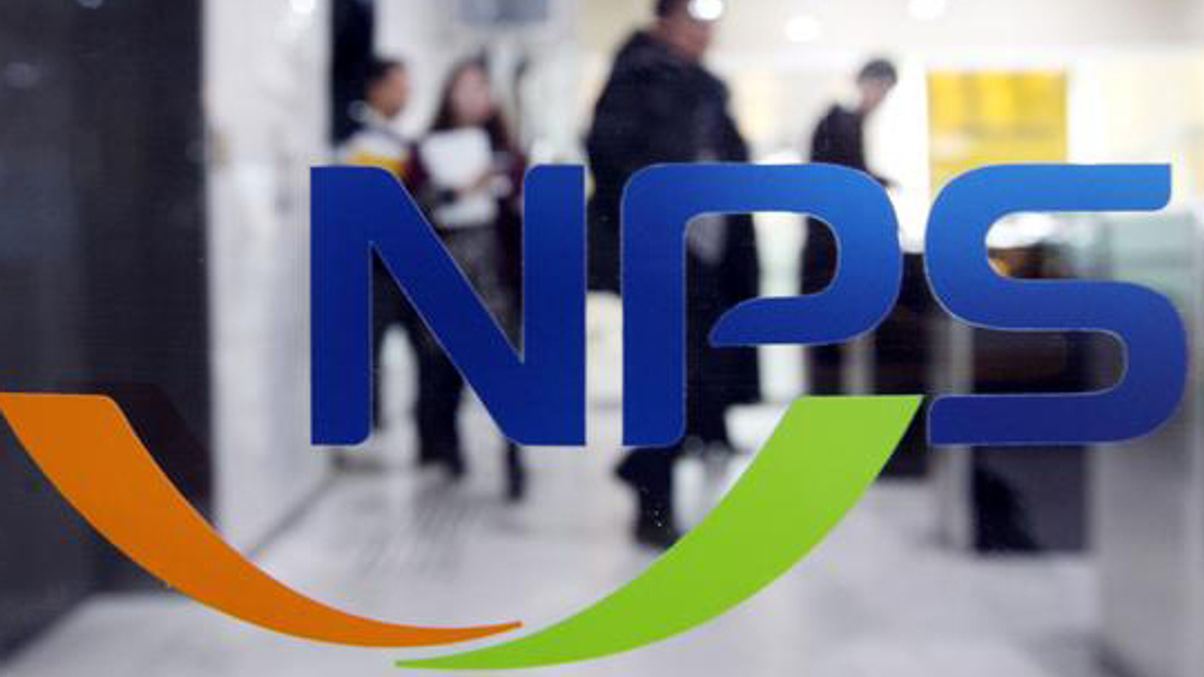NPS to add nearly 40 staff, restructure overseas asset team
The Korean public pension fund has split its global public market division and will hire 38 personnel across divisions as it looks to drastically increase overseas investments by 2025.

The National Pension Service (NPS) has appointed two heads to lead its newly divided global investment division and will go on a hiring spree for nearly 40 new executives, as it seeks to add to several business units and aggressively expand its offshore investments, AsianInvestor can reveal.
Sign in to read on!
Registered users get 2 free articles in 30 days.
Subscribers have full unlimited access to AsianInvestor
Not signed up? New users get 2 free articles per month, plus a 7-day unlimited free trial.
¬ Haymarket Media Limited. All rights reserved.


